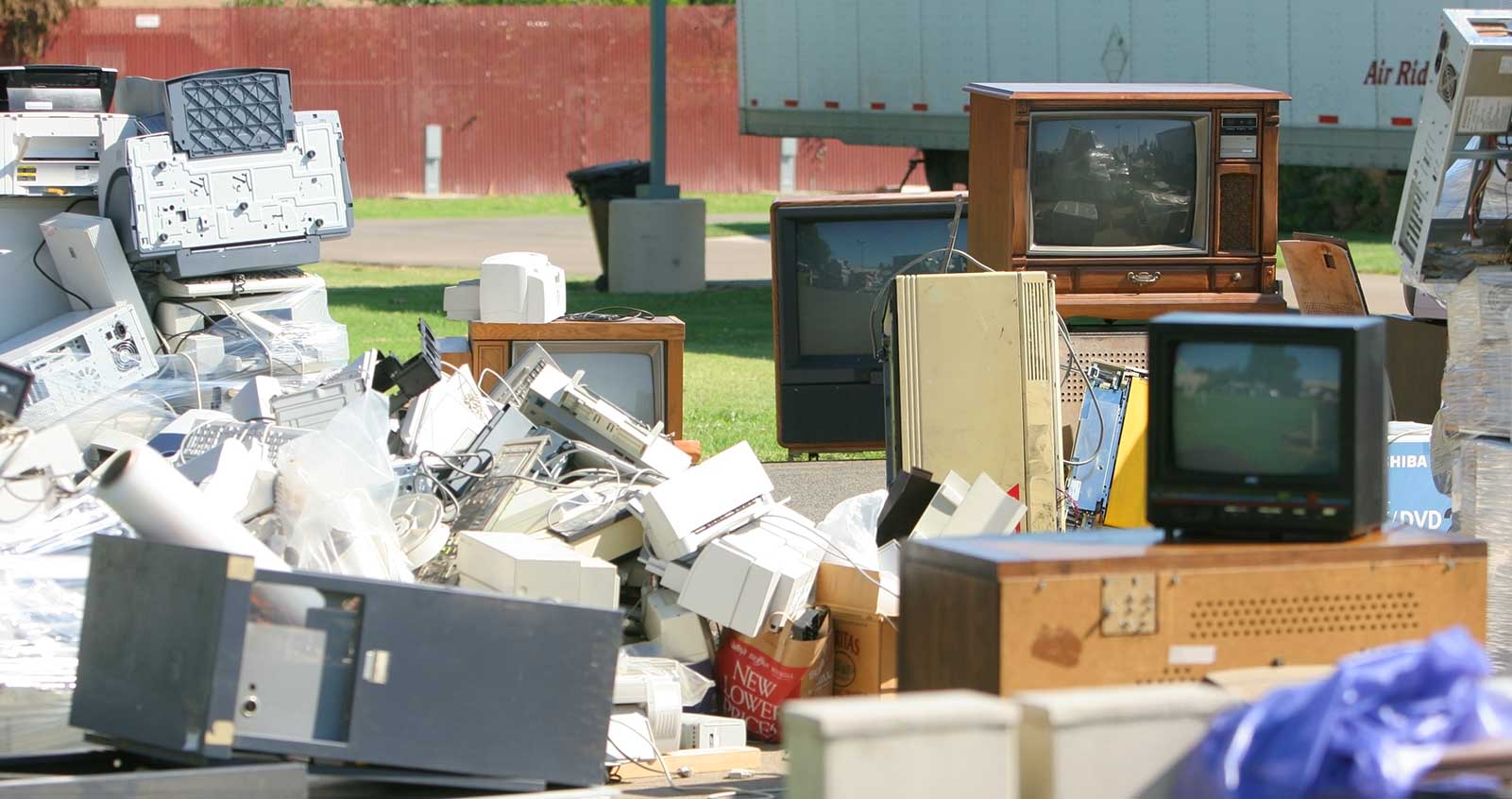The role of manufacturers in promoting sustainable disposal options for white goods
Posted on 08/09/2024
White goods, such as refrigerators, washing machines, and dishwashers, play a crucial role in our daily lives. They make household chores easier and more convenient for us. However, with the constant advancement in technology, the lifespan of these appliances is becoming shorter, leading to an increase in the amount of electronic waste generated every year. It is estimated that about 50 million tons of e-waste is produced globally each year, with only 20% being properly recycled or disposed of. This poses a significant threat to our environment and calls for immediate action from all stakeholders - including manufacturers.
Manufacturers have a key role to play in promoting sustainable disposal options for white goods. They can influence consumer behavior and drive change towards a more circular economy. In this article, we will discuss the importance of manufacturers in promoting sustainable disposal options for white goods and the steps they can take to achieve this goal.
The importance of manufacturers
Manufacturers are major stakeholders in the life cycle of products, from production to disposal. They have a responsibility to ensure that their products are designed with end-of-life considerations in mind. The majority of electronic waste is generated due to planned obsolescence - intentionally designing products with a limited lifespan to encourage consumers to replace them before they are actually worn out. Manufacturers can break this cycle by designing durable products that can be easily repaired and reused, thus reducing the need for frequent replacements.
Furthermore, manufacturers have a better understanding of the materials used in their products, making them well-equipped to design for recyclability and incorporate recycled materials into new products. By using recycled materials, they can reduce their reliance on virgin resources and promote a circular economy.
In addition to product design, manufacturers also have a role in educating consumers about sustainable disposal options. Many people are unaware of the environmental impact of improper disposal of electronic waste and may not know how or where to dispose of their old appliances. Manufacturers can work with local authorities and recycling facilities to provide information on proper disposal methods and even offer take-back programs for their products.

Steps manufacturers can take
There are several steps that manufacturers can take to promote sustainable disposal options for white goods:
1. Use eco-friendly materials: Manufacturers can use materials such as bioplastics, which are renewable and biodegradable, in the production of white goods. This will not only reduce the amount of waste generated but also decrease the carbon footprint of these products.
2. Design for disassembly: Manufacturers should design products with ease of disassembly in mind. This will make it easier for recyclers to extract valuable materials for reuse and proper disposal of hazardous components.
3. Extended producer responsibility (EPR): EPR is a policy that holds manufacturers responsible for the entire life cycle of their products, including what happens to them at end-of-life. By implementing EPR, manufacturers will have a financial incentive to design more sustainable products and promote proper disposal.
4. Educate consumers: Manufacturers can educate consumers through product labeling, user manuals, and online resources about the importance of proper disposal and how to do it correctly.
5. Collaborate with stakeholders: Collaboration with local authorities, recycling facilities, and other stakeholders is vital in promoting sustainable disposal options. Working together can lead to innovative solutions and effective policies.
Pros and cons of manufacturer-driven initiatives
Like any solution, there are pros and cons to relying on manufacturers to promote sustainable disposal options for white goods.
Pros:
- Manufacturers have the technical expertise and knowledge to implement changes that can make a significant impact.
- By incorporating recycled materials into new products, they can reduce resource depletion.
- They have a direct connection with consumers and can easily influence behavior through education and take-back programs.
Cons:
- It may cost manufacturers more to produce eco-friendly products, which could result in higher prices for consumers.
- Implementing changes may require significant investments and upfront costs.
- There is a lack of government regulations and incentives to promote sustainable practices.
Tips for consumers
While manufacturers have a critical role to play, there are also steps that consumers can take to support sustainable disposal options for white goods:
1. Repair instead of replacing: If your appliance breaks down, consider repairing it instead of buying a new one. This will not only save you money but also reduce the amount of waste generated.
2. Donate or sell still functional appliances: If you are upgrading to a new appliance, consider donating or selling your old one instead of throwing it away.
3. Proper disposal: If you need to dispose of your appliance, make sure to do it properly. Check with your local authorities or recycling facilities for designated drop-off locations.

Key takeaways
Manufacturers have the potential to drive change towards more sustainable disposal options for white goods. By designing products with a longer lifespan, using eco-friendly materials, and educating consumers about proper disposal methods, they can contribute to reducing electronic waste and promoting a circular economy.
However, it is also essential for governments to introduce policies and incentives that support these initiatives. Consumers should also be aware of their role in promoting sustainability by making conscious purchasing decisions and properly disposing of their old appliances.
Conclusion
In conclusion, manufacturers are vital players in promoting sustainable disposal options for white goods. By taking environmentally responsible actions such as using eco-friendly materials, designing durable products, and educating consumers, they can contribute to reducing the negative impact of electronic waste on our planet. It is time for manufacturers to take a proactive approach towards sustainability and work towards creating a more circular economy. As consumers, we also have a responsibility to support these initiatives and make environmentally conscious choices when it comes to purchasing and disposing of white goods. Let us work together towards a greener and more sustainable future.




